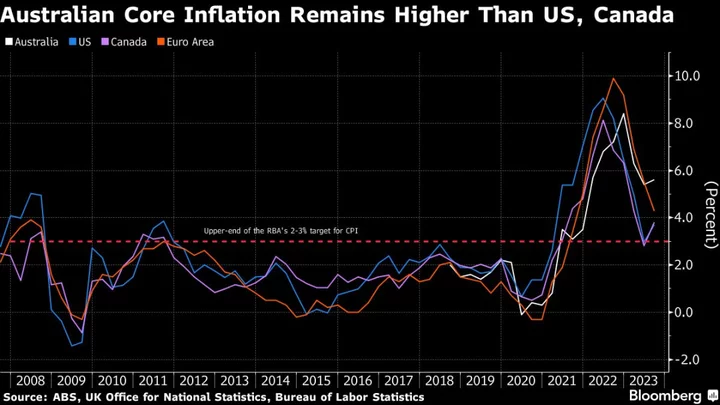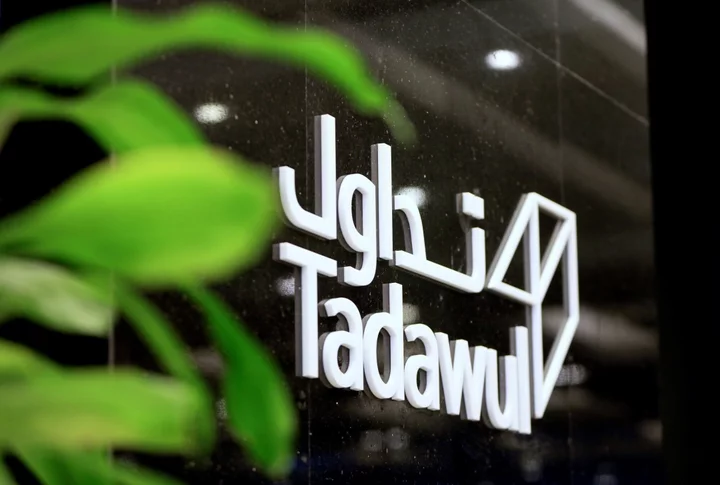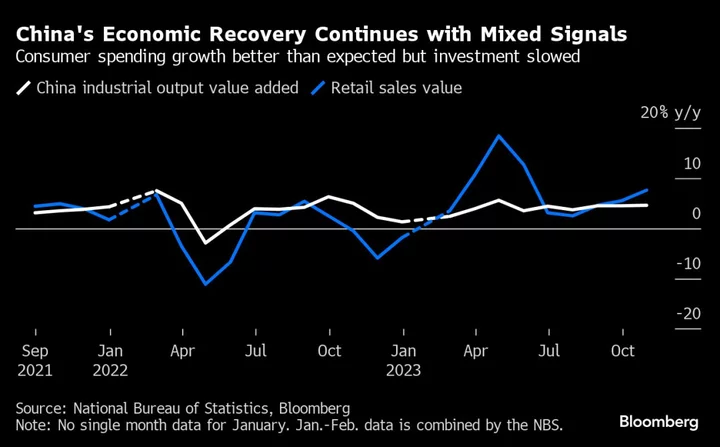Australia plans to shake up its A$120 billion ($76 billion) pipeline of infrastructure projects as the government grapples with labor shortages and rising costs that are exacerbating inflationary pressures.
Infrastructure Minister Catherine King said Tuesday that she will release her response to an independent review of the infrastructure program in “coming days,” while foreshadowing an estimated A$33 billion of cost blowouts.
The review warned that without significant changes, the government wouldn’t be able to keep its infrastructure costs under control in coming years. “If we continue as we currently are, we cannot commit to any new projects for the next ten years – until 2033,” King said in a speech in Sydney.
The government is grappling with complex challenges as it must upgrade infrastructure to cope with a swelling population and to bolster moribund productivity. Yet at a time of already elevated inflation as well as a housing shortage due to soaring costs and limited labor, it needs to strike a balance to ensure it avoids worsening price pressures in the economy.
The International Monetary Fund warned in November that spending by state and territory governments in Australia on major infrastructure projects threatened to worsen inflation and keep interest rates higher for longer. In the concluding statement of an Article IV mission, the IMF urged Australian governments to keep the pace of infrastructure projects “more measured and coordinated.”
The Reserve Bank on Friday cited liaison with businesses as showing that elevated construction costs are stalling higher-density residential projects that are urgently needed to help overcome a housing supply shortfall.
“Some firms report the need to compete with infrastructure projects for materials and labor inputs,” the RBA said in its Statement on Monetary Policy.
The RBA estimates population growth, following a surge in post-Covid immigration, accelerated to a peak of 2.5% in the third quarter of this year, forecasting it will now begin to ease back toward the pre-pandemic average of 1.5%. That strength underlines the need for both more homes and more infrastructure to cope with the influx of people.
As part of its reshaping of the infrastructure program, Minister King revealed a new policy statement to guide the government’s spending priorities. Under these, projects will need to meet new criteria to attain funding and there will be a preference for a 50/50 funding split between federal and state governments.
She insisted the new approach wouldn’t lead to cuts in overall infrastructure spending. “We must acknowledge reality and we must get back on solid ground,” the minister said.









